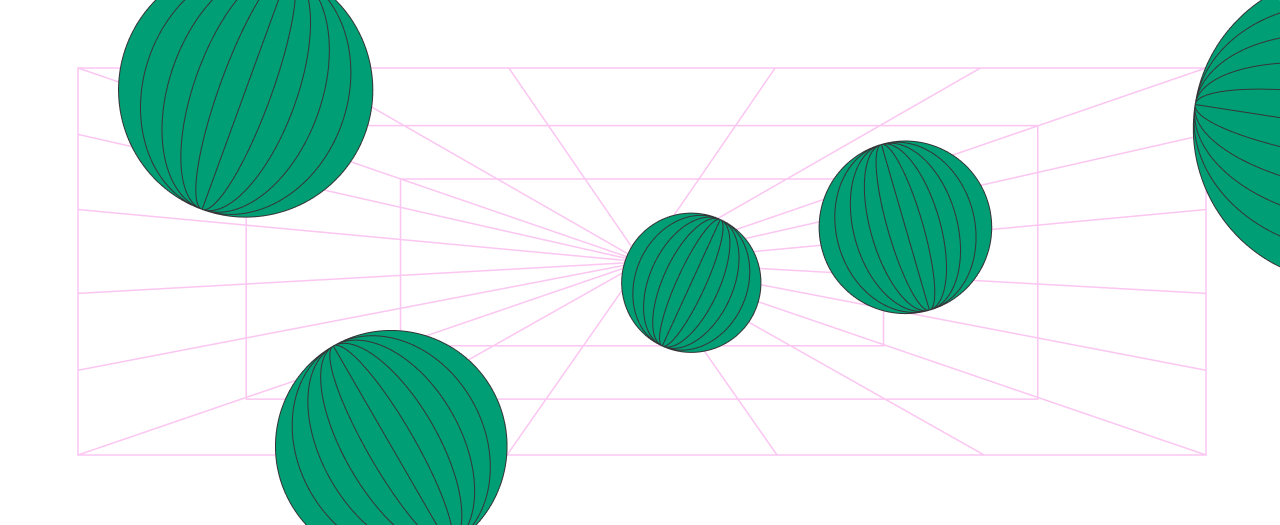
Welcome to the Okra API Reference, the central hub for developers looking to unlock the power of open banking. Use this API intro page to understand how you can interact with Okra’s API, and what best practices you can adopt to make the most of your integration.
Authentication
Okra’s API uses bearer authentication. There are 3 kinds of keys you must use in your implementation:
- The client token is a unique ID that represents you, as a client. You must use it together with your public API key in your widget implementation. Client tokens can be used in both Sandbox and Production environments.
- The public API key, along with the client token is used to authenticate your widget implementation.
- The secret API key is a JWT bearer token that you must use for authentication on the API level.
Some notes about Okra’s API keys:
- Public API keys can be published and renewed.
- Secret API keys should be kept secure and should not be surfaced publicly.
- Okra provides separate keys for sandbox and production data. The production API key grants access to real-time data, while the sandbox API key grants access to test data. Make sure that you always use each key in its correct environment.
Visit the Okra Dashboard to retrieve your API keys.
API environments
Okra’s API operates in two environments: sandbox and production.
| Environment | Usage | URL |
|---|---|---|
| Sandbox | For development purposes and to test Okra’s features without affecting real data. | https://api.okra.ng/v2/sandbox/ |
| Production | To access real-time data when your product is ready to live. | https://api.okra.ng/v2/ |
Interacting with the API
Requests
The Okra API accepts POST and GET requests. Your requests must follow these formal requirements:
- The
authorizationheader must contain your secret API key as a bearer token. - The
content-typeheader must beapplication/json. - The request body must be in valid JSON format.
Rate limiting
Requests to the Okra API are rate limited based on your plan and the products that you use. For more information about Okra’s plans, visit the Pricing page.
| Plan | Rate limits |
|---|---|
| Pay as you go | 20 requests per minute |
| Enterprise plan, volume tiers 1 to 3 | 40 requests per minute |
| Enterprise plan, volume tiers 4 and above | 60 requests per minute |
Account connections via the widget are rate limited to 5 connections per user per hour.
Responses
The Okra API responds with HTTP codes to indicate status and errors. The API provides all responses in standard JSON format.
null fields
null fieldsWhen no information is present, data fields may return null values:
{
"status":"success",
"message":"Data successfully retrieved",
"data":{
"details":{
"name":"Peter Jones",
"address": null"
}
}
}
Pagination
Endpoint operations that return multiple data sets use paginated responses. Use the limit and page parameters to control the number of results that you want to receive in a response:
limitlimits the number of results that the API returns in a single page. If you do not specify a value for this parameter, the API will limit the response to 10 results per page.pagereturns a specific page of results. For example, if you setlimitto 20 and setpageto 1, the API will return the first page, with 20 results in the response.
Next steps
- Visit the Quickstart guide to get started with your implementation
- Learn about the Okra Widget
- Learn about Okra’s libraries and SDKs that you can integrate
If you have any questions, visit the Okra Support Portal or get in touch with Okra’s support team.
